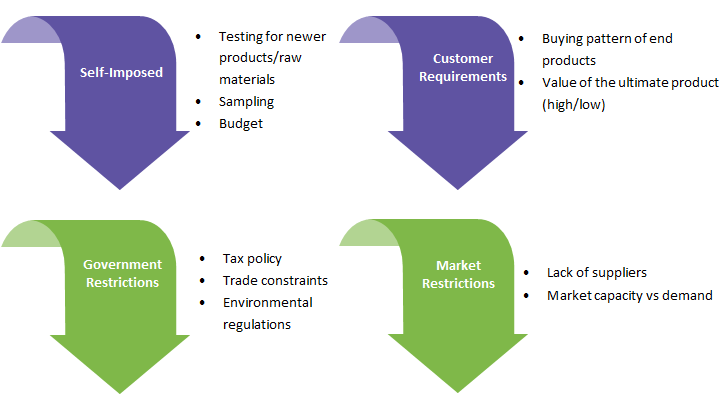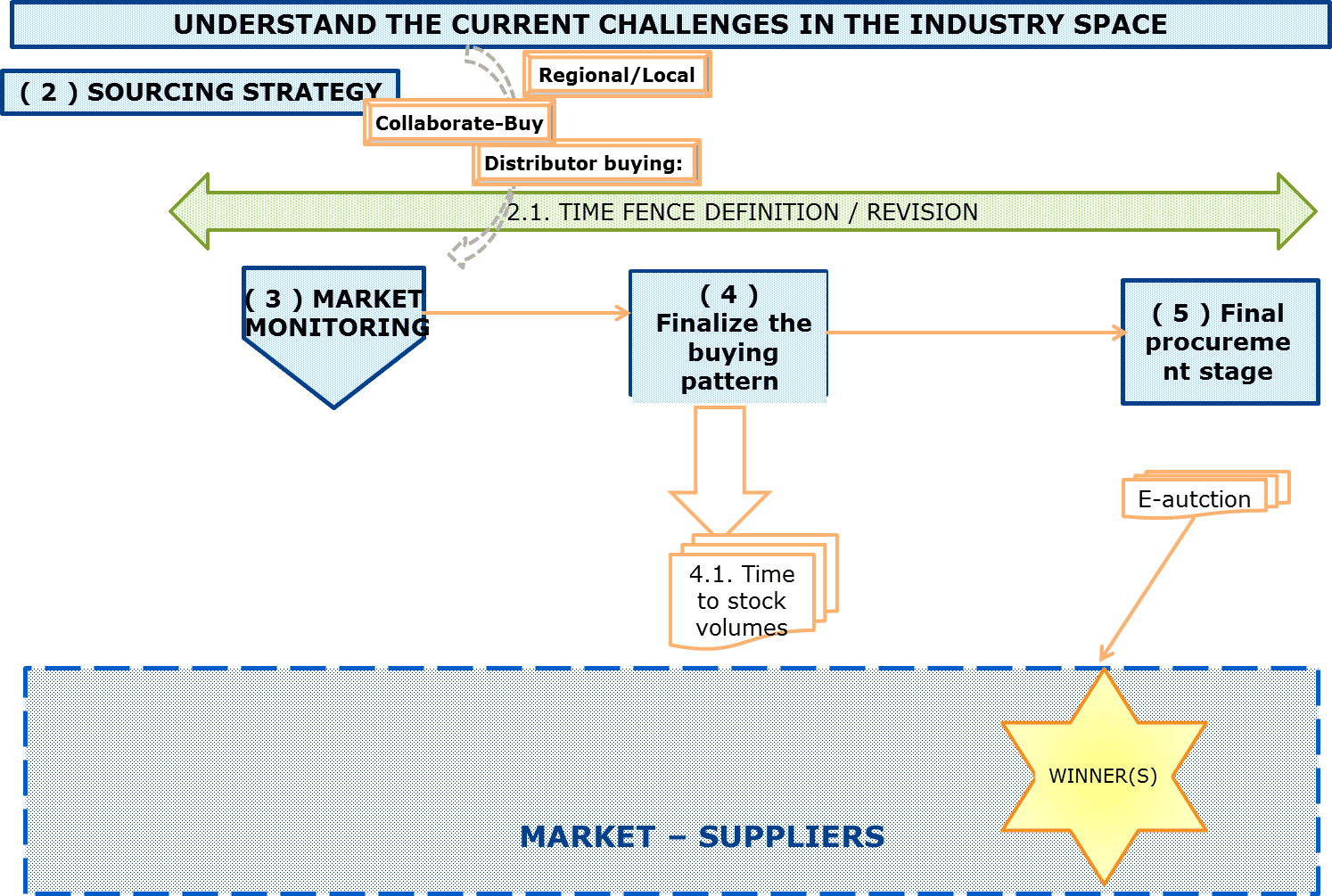
One Stop Solution—Creating a Category Handbook to Formulate a Procurement Strategy


Abstract
Introduction
A specific sourcing strategy/decision tree structure is needed to have seamless procurement practices for all information necessary to support the strategy or sub-category sourcing strategy at the respective level of scope.
To manage a particular commodity, the following processes and capabilities should be in place:
- Clear decision-making process
- Better RFPs and agreements
- Advanced negotiation skills
- Supply chain visibility and strategy
Using this handbook, a procurement officer will be better able to hold their sourcing negotiation and buying integration, and will have better buying/purchasing power in the industry.
A sourcing strategy can be at a global or regional level or, more often, even at a local level, depending on the significance of the category spend. Three major stages are present in a procurement strategy for all commodities.
- Market monitoring
- Finalization of a buying pattern
- Final procurement stage
Problem Statement
Each subcategory may face a different set of challenges that may have a similar or customized solution. The most important aspect of procurement is finding ways to actually implement strategies and transactions that will cover end-to-end sourcing/procurement activities of a commodity/category/service.
Sourcing constraints include

When Will a Sourcing Strategy for a Subcategory Require Customization ?
- Decentralized purchasing
- Insignificant volume
- Low buying power —Lack of negotiation KPIs
It is no longer a challenge for leading procurement organizations to reduce their labor, outsourcing, and technology costs, or, in other words, become cost-successful but have a lean performance matrix that will eventually pay off in the long run.
Various Sourcing Strategies—Choosing the Right Strategy for Each Category
Local Sourcing Strategy—Low spend volumes/tail spend management.
Collaborate–Buy—Engage in a bundled sourcing program. Collaborate to source materials in higher volumes resulting in better purchasing power, price advantage, and even discounts.
Distributor Buying—Lower the cost of managing suppliers by having fewer suppliers (consolidate delivery with a distributor who can cater to all needs).
Standardization and Preferred Supplier List (PSL)—Evaluate suppliers based on various supplier performance KPIs to have a trustworthy supply base and a secure supply chain.
Decision Tree Structure
The type of sourcing strategy needs to be determined. This should include the type of procurement (global or local), collaborative or non-collaborative buying, and distributor or supplier sourcing.

Market Monitoring
Price Simulation—Total Cost of Ownership: Macro Facts—GDP, Currency
Type of Sourcing
Sourcing Methodology—Recommend the type of sourcing: Global vs Regional vs Local
Type of Engagement
E-Auction—E-auction to be used to assess competitiveness between suppliers to arrive at the best price quote
Type of Purchasing
Spot vs Contract
For instance, follow spot purchase when the price changes happen frequently. Along with this, long-term contracts should be avoided.
Key documents created for each category should include the following information to react to the change in market conditions.
Doc 1: Sourcing Terms & Conditions
- Market monitoring
- Define time–money analysis—Best buy time
- Type of procurement
- Negotiation—Payment terms, advance payment, and price discount
- Contracts—Ensuring purchase order (PO) to guarantee supply
- Medium-/Long-Term contract period with price revisions
Before we set metrices, it is important to have the following prerequisites in place, which are followed by advice from Procurement Organizations to clients. These should be showcased as the organization’s mapping capability (falls under ‘becoming a trusted Advisor’).
Doc 2: Generating RFPs
1. Commercial proposals
- Price components
- Delivery timelines
- Product specifications
- Logistics
2. Negotiations and consolidations
3. Final proposals
4. Final agreements
Doc 3: Agreements in Place
- Currency and volume (current and estimated commercial proposal (+/- 10 percent))
- Contract length
- Taxes and duties
- Lead time
- Confidentiality—NDA in place
Doc 4: Supplier List (Preferred/Potential Suppliers)
Step 1: Prepare a laundry list of suppliers
Step 2: Evaluate suppliers on various criteria to secure the supply chain. Some of the criteria may include:
- Pricing
- Quality
- Industry experience
- Contingency plan
- Client references
- Company profile
- EHS
- Responsiveness
Doc 5: TCO and Negotiation on Pricing
- Cost structure
- Indices—Inflation, energy costs, and freight
- Other major cost collars—Raw materials and operational expenses
- Currency fluctuation, and so on.
Action Plan
Adopting this approach to maintain a category handbook with key sourcing strategies for each category/industry will enable category managers to manage the sourcing and the entire procurement function proactively and smoothly.
Conclusion
Procurement Organizations should keep a close watch on adoption rates and procurement trends, particularly for supply chain innovations that may encourage exponential growth.
Business that will be able to deliver on escalating customer service expectations at efficient cost through competency and innovation in their supply chain operations will, in all probability, emerge as market leaders.
Related Insights:
View All
Get more stories like this
Subscirbe for more news,updates and insights from Beroe






